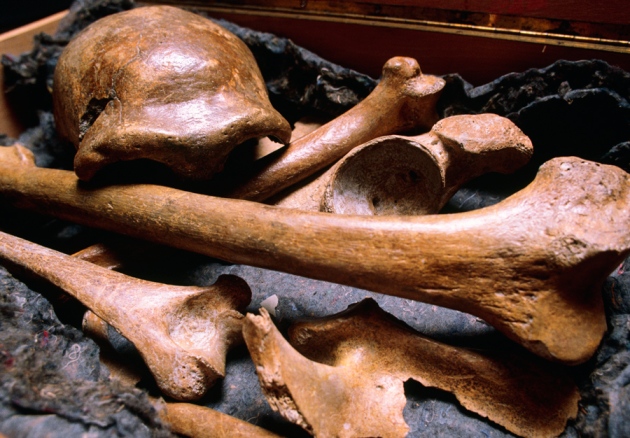The Prehistoric Archaeology Blog is concerned with news reports featuring Prehistoric period archaeology. If you wish to see news reports for general European archaeology, please go to The Archaeology of Europe Weblog.
Monday, October 22, 2012
Core sample sends carbon clock farther back in time
The carbon clock is getting reset. Climate records from a Japanese lake are set to improve the accuracy of the dating technique, which could help to shed light on archaeological mysteries such as why Neanderthals became extinct.
Carbon dating is used to work out the age of organic material — in effect, any living thing. The technique hinges on carbon-14, a radioactive isotope of the element that, unlike other more stable forms of carbon, decays away at a steady rate. Organisms capture a certain amount of carbon-14 from the atmosphere when they are alive. By measuring the ratio of the radio isotope to non-radioactive carbon, the amount of carbon-14 decay can be worked out, thereby giving an age for the specimen in question.
But that assumes that the amount of carbon-14 in the atmosphere was constant — any variation would speed up or slow down the clock. The clock was initially calibrated by dating objects of known age such as Egyptian mummies and bread from Pompeii; work that won Willard Libby the 1960 Nobel Prize in Chemistry. But even he “realized that there probably would be variation”, says Christopher Bronk Ramsey, a geochronologist at the University of Oxford, UK, who led the latest work, published today in Science1. Various geologic, atmospheric and solar processes can influence atmospheric carbon-14 levels.
Read the rest of this article...
Subscribe to:
Post Comments (Atom)

No comments:
Post a Comment
Note: Only a member of this blog may post a comment.